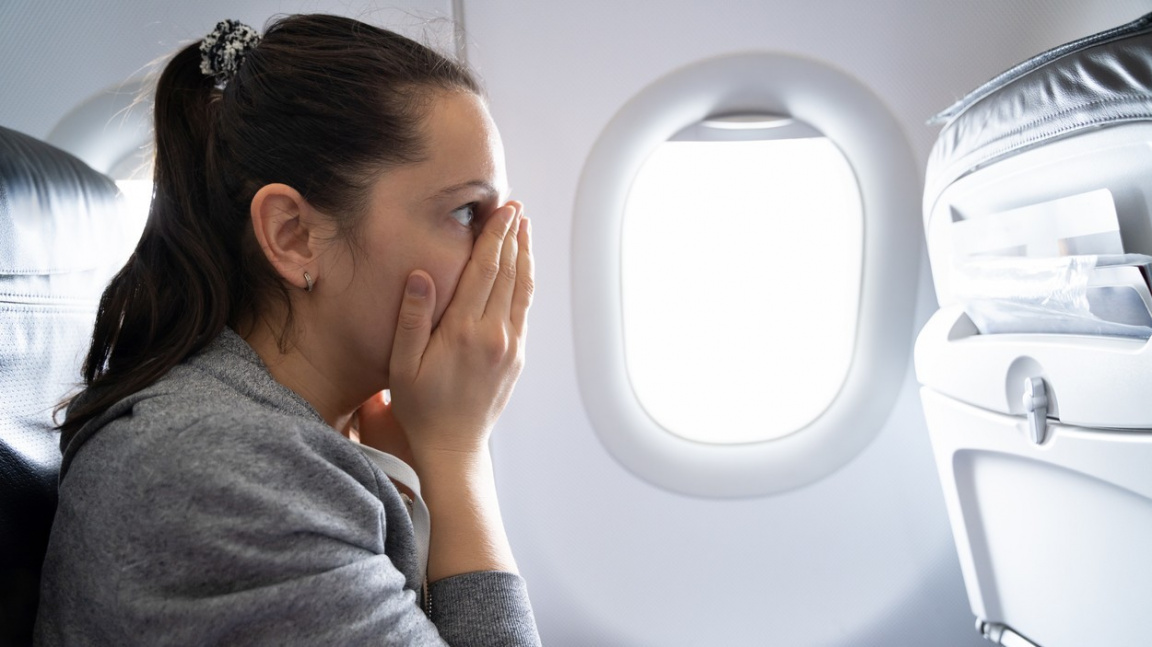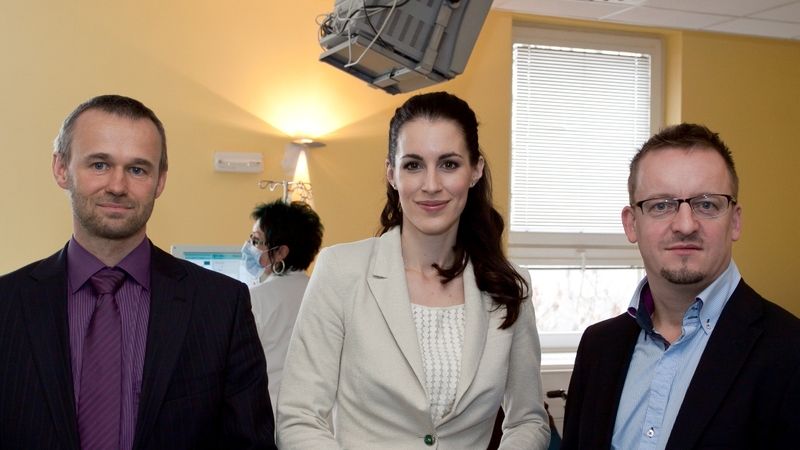Despite the human desire to reach heaven, for many people the need to get on a plane is a nightmare that they mentally prepare for a week before. However, there is a way to overcome this panic fear.
“For as long as I can remember, I hated flying. Everything from takeoff to turbulence and landing can cause a feeling of complete panic within me,” the reporter admitted Business Insider Sophia Ankelová, who participated in the course Fly with Confidence.
“When I should have been flying, I worried for days beforehand, having panic attacks in the air and holding strangers’ hands during turbulence. And I know I’m not alone,” continued Ankelová, who speaks from the heart of about 40 percent of Americans.
Aviophobia (not to be confused with aerophobia, which includes, besides flying, the fear of flowing air and strong winds) affects up to 5.5 percent of the world’s population. However, there are ways to deal with these fears, says Ankelová.
He understood this with another hundred aviophobia on the aforementioned British Airways course in London for 385 British pounds (over 10,000 crowns). There, the pilot, cabin crew and finally a psychiatrist provide them with valuable information and advice useful for overcoming their fear of flying.
The course begins with a technical lesson led by the pilot and cabin crew. For example, they explained that there is no need to be afraid of a noisy engine. As one of the pilots, Steve Allright, said, “a loud machine is a healthy machine“. Squeaky sound the sound of the hydraulic system as the plane slides down the runway before takeoff.
Pilots and planes can be relied upon
If one of the engines stops, the plane can continue flying for a certain amount of time. Thanks to lifting its wings, according to Allright, actually it can sailed without both engines for about 160 kilometers and landed safely on the water. In addition, pilots prepare for engine failure before each flight. This is one of the most common situations in the cockpit.
Pilots generally undergo intensive training and these job positions are strictly regulated. In addition, each pilot must undergo routine checks and tests. For example, in the case of British Airways, all pilots must pass a medical and technical examination every year. Pilots must also regularly undergo training in flight simulators. So they are prepared for crisis scenarios.
The dreaded turbulence they may scare some passengers, but the truth is they are harmless. As explained by the Federal Aviation Administration (FAA), uneven airflow is caused by atmospheric pressure, jet streams, cold and warm fronts, and thunderstorms. And the aircraft structure is designed to withstand it.
“As crazy as it sounds, I used to have an irrational fear that the plane would fly pluck wings“, said Ankelová. However, the aircraft was designed and tested to withstand even the most extreme turbulence.
Breathe… and be relieved
If passengers on board are not reassured by the knowledge of the professionalism of the pilots, cabin crew and the durability of the aircraft, the fear of flying can be controlled with the help of proper breathing. We relax the body and mind by slowing down our breathing.
Specific techniques are described by Allright. Inhale through your mouth before exhaling through your nose, contracting your buttocks and pelvic area as you inhale. This will reduce your heart rate and muscle tension.
Diaphragmatic or belly breathing will also relax you. Place your hand on your belly and make it rise. That’s how you know you’re belly breathing. Ankelová experienced all of this during a 45-minute flight as part of a course around Heathrow Airport.
Fear of flying is widespread, so there are many such courses. In the Czech Republic, for example, there are courses Fly without fearthat offer similar programs.

“Certified bacon geek. Evil social media fanatic. Music practitioner. Communicator.”







